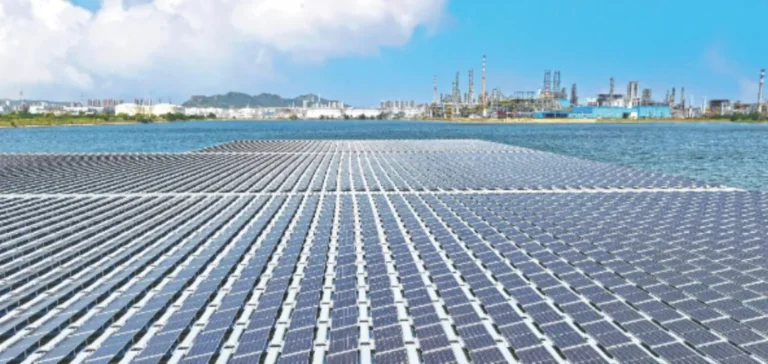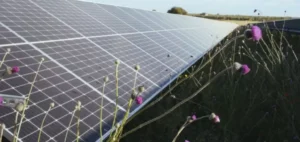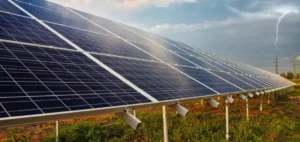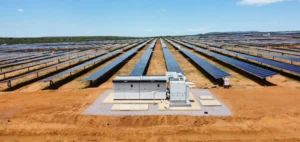China Petroleum & Chemical Corporation (Sinopec) has begun commercial production at China’s first floating solar power plant able to operate in a full-marine environment off Qingdao in Shandong Province. The installation spans about sixty thousand square metres and follows the tide on corrosion-resistant floats. Its installed capacity reaches seven point five megawatts (MW). CNW reported the launch on 4 July.
Design adapted to marine conditions
The photovoltaic field will generate 16.7 mn kilowatt-hours (kWh) annually, avoiding roughly fourteen thousand tonnes of carbon-dioxide emissions according to company calculations. Panels placed less than fifty centimetres above the surface benefit from natural cooling that raises efficiency by five to eight %. The subsea anchoring system, rated to withstand level-thirteen winds, cuts investment by about 10 % versus traditional pile-mounted structures. Elevated walkways simplify inspection and reduce operating costs.
Technical innovations and expansion ambitions
Sinopec has coated the floats with anti-fouling treatments to limit marine organism adhesion, thereby extending component life. Three major innovations cover protection against saline corrosion, dynamic wave damping and a design that tracks tidal swings of three point five metres. The company plans to expand site capacity to twenty-three megawatts by the end of 2026, lifting potential annual output to nearly 50 mn kWh. Electricity will feed a seawater electrolysis unit producing hydrogen for petrochemical processes.
Regulatory context and commercial outlook
Provincial authorities promote floating plants to add renewable capacity without encroaching on farmland. The State Grid Energy Research Institute estimates more than two gigawatts of exploitable near-shore potential in Shandong. Operators obtain guaranteed commercial tariffs for surplus power injected into the local grid. The park’s low structure eases permitting, as it interferes neither with shipping lanes nor fishing grounds.
Sinopec’s 2024 investment budget stands at CNY165 bn ($22.7 bn), with nine % allocated to new energy. According to Huatai Securities, the group’s offshore construction expertise limits project risk. The company is already considering licensing the technology in South-East Asia, where lagoon topography suits shallow-draft installations. Market analysts will watch the plant’s operational performance during the coming typhoon season, a key factor for large-scale adoption of full-sea floating technology.






















